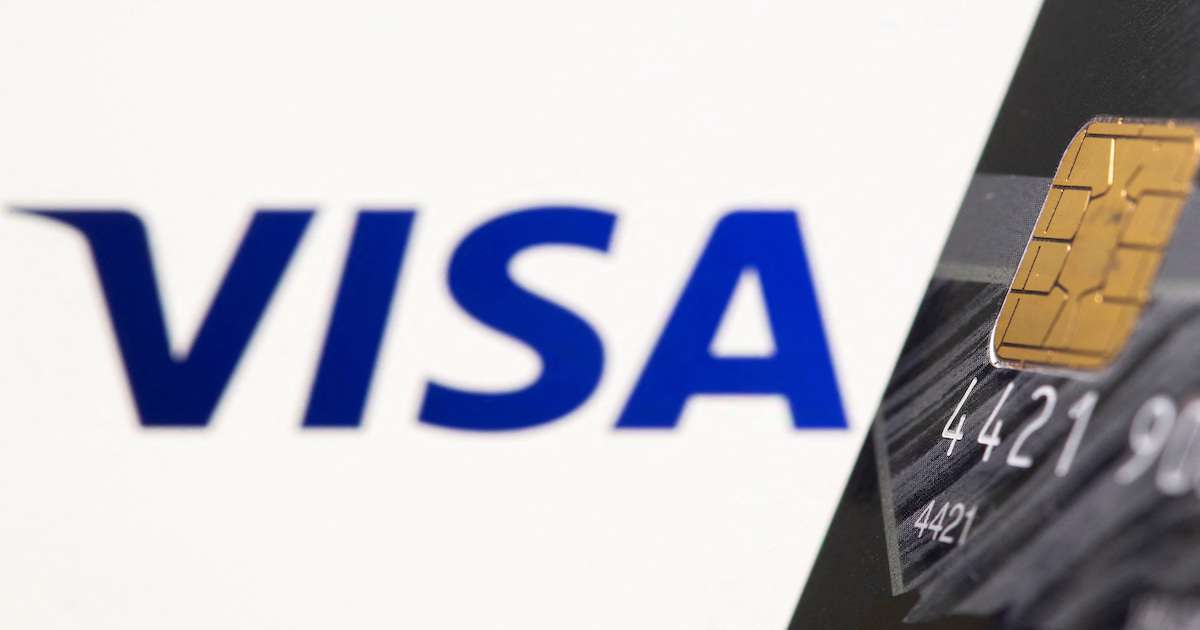Visa, a global payments giant has released a technical paper that proposes the possibility of deploying blockchain technology in making recurring payments happen on self-custodial wallets. It is no longer news that with bank apps and custodial wallets, this is already a possibility. The same can however not be said of self-custodial wallets.
Why this is possible in a custodial wallet because a third party has control of the user’s wallet private key and also secures the user’s funds. Since the third party or custodian has these rights, they can generate the needed signature to create scheduled transactions by the user.
The situation is however different with a self-custodial. In this kind of wallet, the user has full control of her wallet and private key. This implies that the user must always use her private key to generate a signature whenever a transaction or payment is to be made.
Visa is however considering a technique that would allow automated payments on self-custodial wallets. According to the report, the firm began to explore this possibility during its internal crypto Hackathon challenge earlier this year.
In the end, it came up with a technique which is called Account Abstraction (AA). This technique would allow programmable validity which can verify and validate blockchain transactions. In simpler terms, this means that automated payments can be set up which would not require the usual signature verification by the user.
Delegable Accounts are the key to self-custody automated transactions
According to the proposal, AA would leverage a new kind of account contract which is known as a delegable account. To grasp this concept, an understanding of how to pull and push payments work helps. In a pull payment, a transaction is initiated by the receiver itself which could be the biller; while in a push payment, the payment is triggered by the payer herself.
Now with Visa’s Proposal of Account Abstraction and a Delegable account, the firm is on the pathway to creating transactions on Ethereum-based self-custodial wallets that would be similar to a pull payment. This feature is however not natively supported on Ethereum, and so Visa explored it using the Ethereum Layer-2 network, StarkNet.
For the modality, a user with a delegable account offers permission to an automatic payment smart contract which is deployed by the biller. With this permission granted, the merchant can then go ahead to initiate a transaction by simply calling the charge function inherent in the deployed smart contract. This becomes similar to what happens in a pull payment done by banks.
It is however uncertain if Visa is set to make this solution available to its clients. One however certain thing is that this innovation and many others around Blockchain prove the potential of this technology at solving real-life problems.
